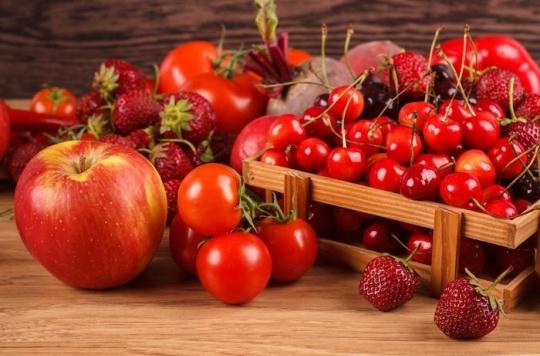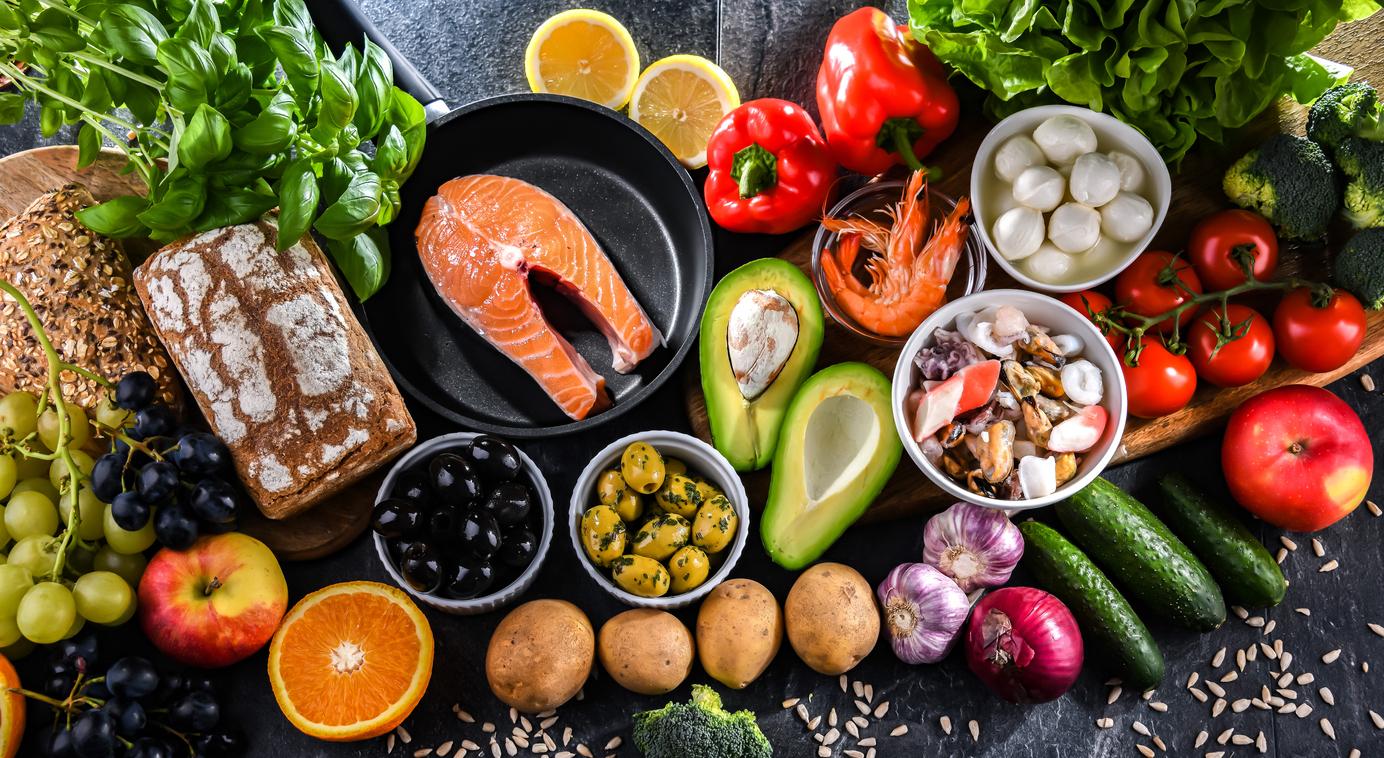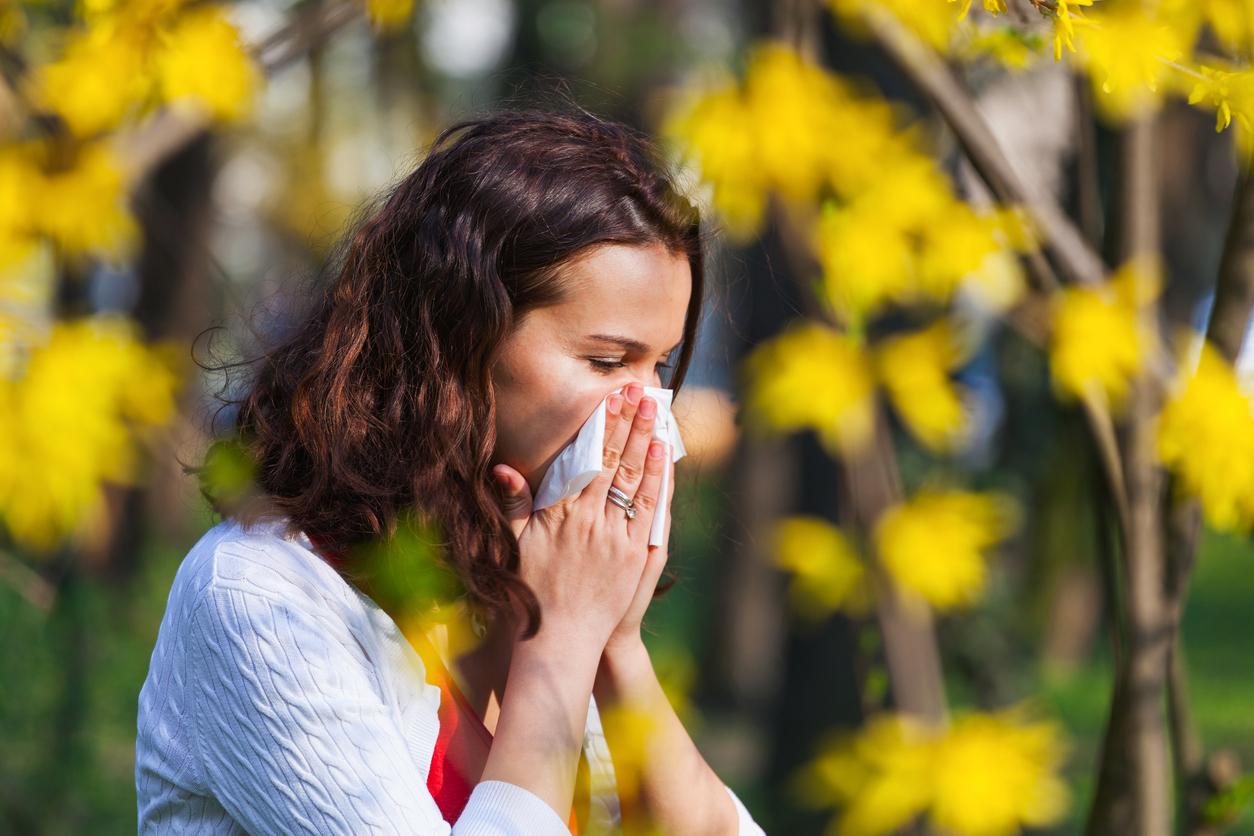According to 2 new studies, published jointly, the risk of allergy to strawberries and tomatoes can be reduced by consuming the varieties of these fruits and vegetables which contain the least allergenic proteins. It will now be possible to develop hypoallergenic varieties of strawberries and tomatoes.

Tomatoes and strawberries can cause allergic reactions due to the presence of allergenic proteins and, in particular, Sola I 4 proteins in tomatoes and Fra a 1 in strawberries. These allergenic proteins resemble the birch pollen allergen (Bet v 1) and due to this similarity, can lead to food allergy associated with birch pollen allergy.
About 1.5% of the population in Northern Europe and up to 16% in Italy are said to be affected by allergies to tomatoes. And about 30 percent of those who are allergic to birch pollen also report allergic reactions to strawberries.
Different allergy risks depending on the variety
Twenty-three varieties of tomatoes of different colors and 20 varieties of strawberries of different sizes and shapes were analyzed in 2 studies (PLoS ONE and Nutrients) to find out what is the genetic factor responsible for the presence of the allergenic protein in fruits.
The concentration of the allergen in the two types of fruit varies greatly from one variety to another: with the lower content of Sola I 4 in the tomatoes of the Rigantina and Rihanna varieties, while the Farbini and the Bambello have the highest content. For strawberries, the Elianni and Elsanta varieties would have the lowest levels of Fra a 1.
In addition, the heat sensitivity of these allergenic proteins would be confirmed: if the fruits are exposed to heat during the drying process, their allergenic potential is lower. However, the influence of growing conditions (conventional or organic) on the allergic content is minor.
Two studies on the content of allergenic proteins
Previous studies had shown that there are several proteins, both in strawberries (Fra a 1) and tomatoes (Sola I 4), which can cause allergic reactions. The aim of the 2 published studies is to quantify the content of these allergenic proteins in the various varieties of strawberries and tomatoes.
In order to analyze a broad spectrum, different varieties were selected, differing in size, shape and color. In addition, the influence of cultivation conditions, organic or conventional, as well as various processing methods ranging from sun drying, oven drying, or freeze-drying of the fruits, were studied. It was assumed that the concentration of the allergenic protein varied with the color of the ripe fruit, the state of growth and the method of processing.
Signs of allergy
The frequency of food allergies has only increased in recent years: it now affects three to four percent of the adult population and five percent of children.
Symptoms suggestive of an allergic reaction to strawberries or tomatoes are expressed on the skin (hives or atopic dermatitis), mucous membranes (irritations) with a runny nose, and can also lead to stomach pain.
People with food allergies develop symptoms after eating fresh fruits or vegetables, while processed foods are often better tolerated.
In the end, it appears that the Sola l 4 proteins in tomatoes and Fra a 1 in strawberries could in the future also serve as markers for developing hypoallergenic varieties of tomatoes and strawberries.


.

















